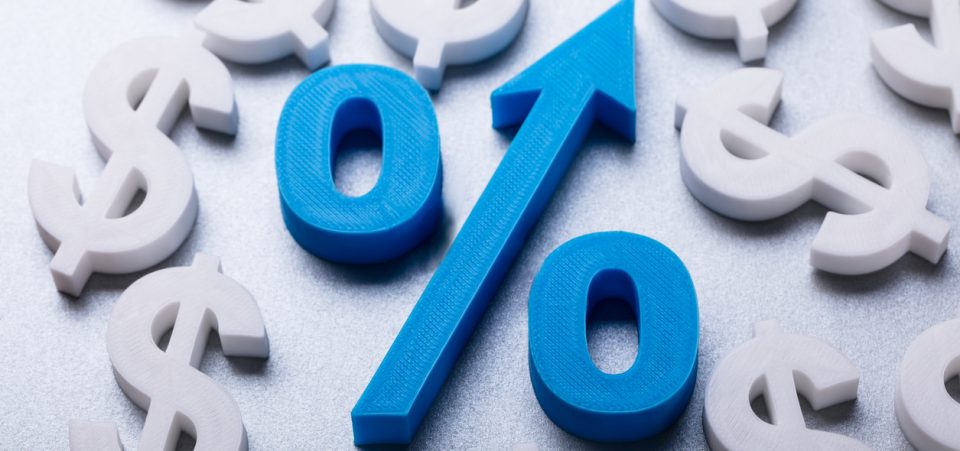Money Supply Could Cause Inflation
Beware, higher inflation could be ahead, and it could have dire consequences.
In the first six months of 2018, the consumer price index (CPI)—the official measure of inflation—increased 1.1%. (Source: “CPI-All Urban Consumers (Current Series),” Bureau of Labor Statistics, last accessed July 26, 2018.)
If we assume that a similar sort of pattern will prevail for the rest of 2018, we could be looking at inflation of 2.2% this year. This would be the fastest pace of inflation since 2011.
However, don’t be shocked to see it go much higher. Don’t rule out three- to five-percent interest rates just yet.
Before going into any details, you should know the basics. Inflation occurs when there’s too much money being used in the economy.
Over the past few years, the money supply in the U.S. economy has grown immensely.
Look at the chart below to get some idea.

(Source: “MZM Money Stock ,” Federal Reserve Bank of St. Louis, last accessed July 26, 2018.)
In early 2010, the money supply was around $9.5 trillion.
Now, it’s above $15.5 trillion.
Simple math: the money supply, in a little over seven years, has increased by almost 63.3%. On average, it has increased by about nine percent each year.
Federal Reserve Raising Rates Could Send Inflation Higher
You see, thanks to low interest rates, one could say that all this money was “sleeping.” It was just sitting in banks, not doing much.
Banks found a great trade for themselves in the meantime. They got money for their poor assets from the Fed. In return, they just went and bought government bonds. This worked well for a while. This money was not used much by consumers and businesses.
In 2015, the Federal Reserve decided it wants to raise interest rates, so it did.
As it stands, the Fed remains focused on raising rates. The federal funds rate (FFR) has gone from 0.25% to two percent. By 2020, it’s expected to go to well over three percent.
This is contrary to popular belief, but higher rates could all of a sudden “wake up the sleeping giant”—all the money that was laying around.
How? Banks can now make a lot of loans and charge higher interest on the loans they make.
Consumers and businesses could use the money and spend it. In return, we would get higher inflation.
Inflation Is a Hidden Tax on Wealth
Dear reader, inflation is a problem that noone is talking about these days.
As I see it, all the bases are loaded for much higher inflation in the U.S. economy.
It takes time for all of it to show up in the economic data. So, with time, we will know more.
Mind you, if inflation jumps and incomes don’t change with it, the U.S. economy could get hurt a lot. It could impact consumption significantly. Ultimately, it could affect the growth rate.
If you are an investor—and this may sound very harsh—it would be foolish to take inflation lightly. It’s a hidden tax on wealth. If inflation is running at five percent a year, you would have to generate a return of at least five percent to keep the value of your money the same.
I will end with this: I know gold isn’t liked these days, but it shouldn’t be ignored. If inflation becomes a concern, gold could help investors preserve wealth.






